Introduced by the American firm of Parker Bros. in 1903, the nominal bore diameter of the 28 gauge is .550 inch. It has proven to be quite effective on both upland game and clay targets. Small bore skeet, for which the 28 gauge is legal, has kept the 28 alive. Upland hunters appreciate the 28 gauge gun's light weight and quick handling. 28 gauge shells are 2 3/4 inches in length, selection is limited, and all are loaded with lead shot (so the 28 gauge is not legal for migratory waterfowl).
I have one 28 gauge shotgun in the form of a barrel for my Thompson Center Contender. It is a lot of fun and the whole gun weighs about 4 lbs loaded. It works well for putting up dove and quail or woods walking for squirrel, rabbit and maybe even grouse. It might make a better garden gun than the .410 bore.
Ammo for the 28 ga. is more expensive than it should be because it isn't produced in quantities sufficient to bring down component prices. However, it is much more widely available than just 6-7 years ago. In my area it seems that most gun shops have at least a box or two always available. If I was shooting skeet I would reload it but there's hardly a reason to do so for the few shells I expend from my single-shot gun.
 |
WIN SUPER-X HIGH BRASS GAME
|
|
|
 |
REM 28053 28GA #9 TGT
|
| |
|
 |
WIN AMMO AA SUPERSPORT SPORTING CLAY
|
|



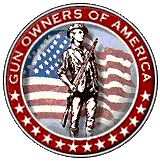

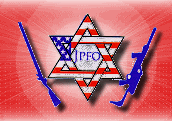




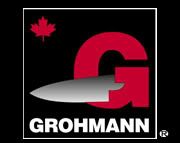
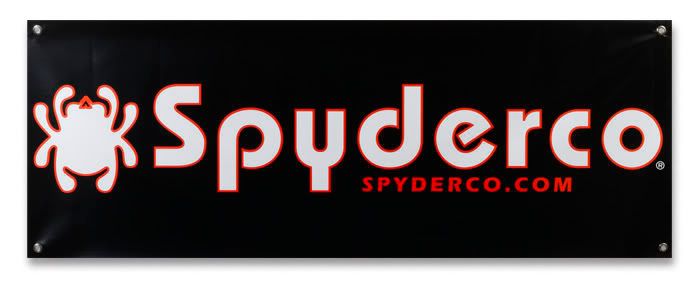

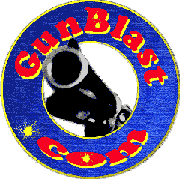








1 comment:
The 28 was one of the favorite "Big Bore" shotguns in Brazil when I was a kid. Most folks had a "36" Gauge (410) with quite a few 32 gauges. The occasional 24 gauge showed up and the "BIG" gun was the 20, used by folks heading deeper into the Amazon jungle and the 12 bore was only a rumor for the most part.
Using full length brass and berdan primers, the 28 was loaded most often with TT or TTT (2T or 3T) shot. FFFg was the propellant of choice for most folks but "White Powder" such as the Tupan brand were starting to come in some. They were ill thought of because they tended to swell and even split cartridges that were fired in the rusted out chambers of older shot guns.
The theory amongst the local meat hunters was that what really killed the game was the "poison" that built up inside an uncleaned shotgun barrel. The reason that a larger shotgun killed better and a 22 LR was mostly ineffective was because the larger bore gave more surface area for the lead to accumulate "poison" (a larger payload of shot had NOTHING to do with it, of course) and the 22 LR just didn't build up "poison" like a good shotgun would. Needless to say, a lot of good shotguns were ruined by this theory as the hygroscopic effects of burned black powder combined with the high humidity of the Amazon drainage tended to rust them out in short order.
I keep thinking about picking up a 28 gauge, but around here they are nearly as hard to feed as a 380 ACP - which is nigh to impossible to feed...
Post a Comment